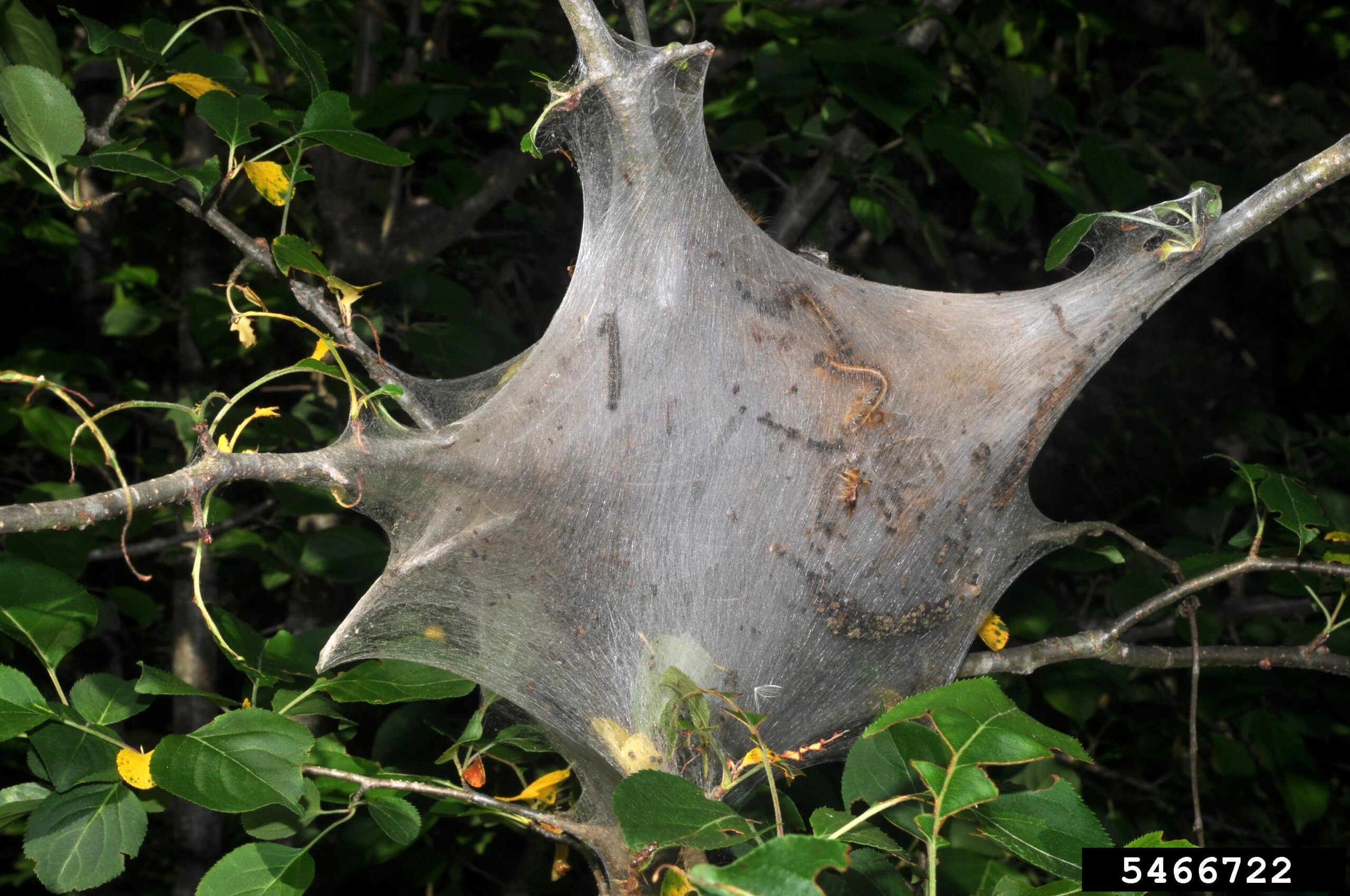Mosquitoes and West Nile virus are the hot topics of late, but
don’t forget to guard against ticks to prevent Lyme disease.
“While not known to kill anyone, Lyme disease can be a serious
threat to your health,” said Nancy Hinkle, an Extension
entomologist with the University of Georgia College of
Agricultural and Environmental Sciences. “It can make you very
ill, even chronically ill.”
First noted in Connecticut
Lyme disease was first discovered in 1977 when arthritis was
observed in a group of children in and around Lyme, Conn., Hinkle
said.
“Connecticut and New York remain the most common places to
report
the disease, with thousands of cases occurring each year,” she
said. “The disease is still extremely rare in the West and in the
South.”
“It didn’t appear in Georgia until the late ’80s and still
isn’t
a threat to many people,” she said.
The Centers for Disease Control and Prevention reports only
434
cases of Lyme disease in Georgia since 1990. The disease is
transmitted through Ixodes scapularis tick bites in the
South.
Different ticks are associated with the disease in other areas of
the United States.
Carrier is smaller than most
Ixodes scapularis ticks are not easily identifiable.
They’re
smaller than any other ticks found in the Southeast.
“They’re commonly mistaken for the Lone Star tick, which is
also
a small tick,” Hinkle said. “But Lone Star ticks have a white
spot on their back.” These ticks are less significant disease
vectors.
If a tick has bitten you, watch the site for symptoms of Lyme
disease.
Watch for a bull’s-eye
“The first sign is a bull’s-eye rash that forms on the skin
near
the infected bite,” Hinkle said. “The rash is concentric circles
of alternate red and white rings, giving it the appearance of a
bull’s eye.”
The rash can form days or even weeks after you’re
infected. “It will go away in a few days, and the person will feel fine and
forget about it,” she said. “Then the second stage begins. This
can happen months or even years later.”
In this stage, bacteria (Borrelia burgdorferi)
infect joint
tissue, causing arthritis, or infect cardiac muscles, weakening
tissue around the heart.
“The arthritis will appear only in one side of the body,
either
the left or right elbow or knee,” Hinkle said. “It’s not
symmetrical like most other cases of arthritis.”
In some cases the bacteria will attack the central nervous
system, causing brain damage, memory loss, dementia or
depression.
Treatable at all stages
Doctors can treat Lyme disease in all stages, giving this
disease
a low fatality rate.
“If intercepted early, while in the bulls-eye stage,
antibiotics
can be taken by mouth to treat the symptoms and stop the
bacterial infection from spreading,” Hinkle said.
If caught in stage two, antibiotics must be given
intravenously,
and a hospital stay is required.
“If Lyme disease damages the brain, the patient may never
completely recover, even with treatment,” Hinkle said.
“Infections that have spread to the central nervous system are
difficult to treat, because antibiotics cannot penetrate the
blood brain barrier.”




